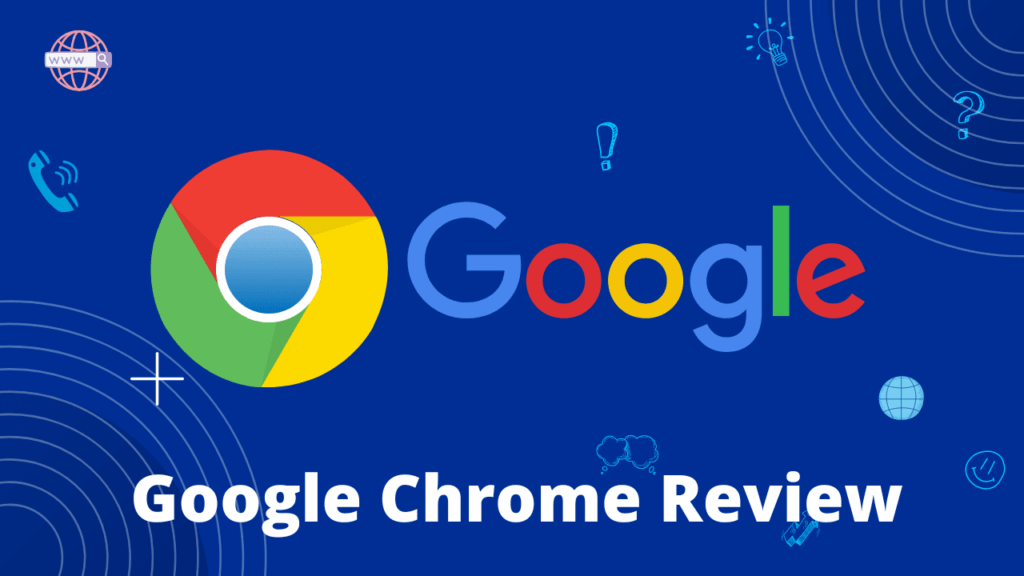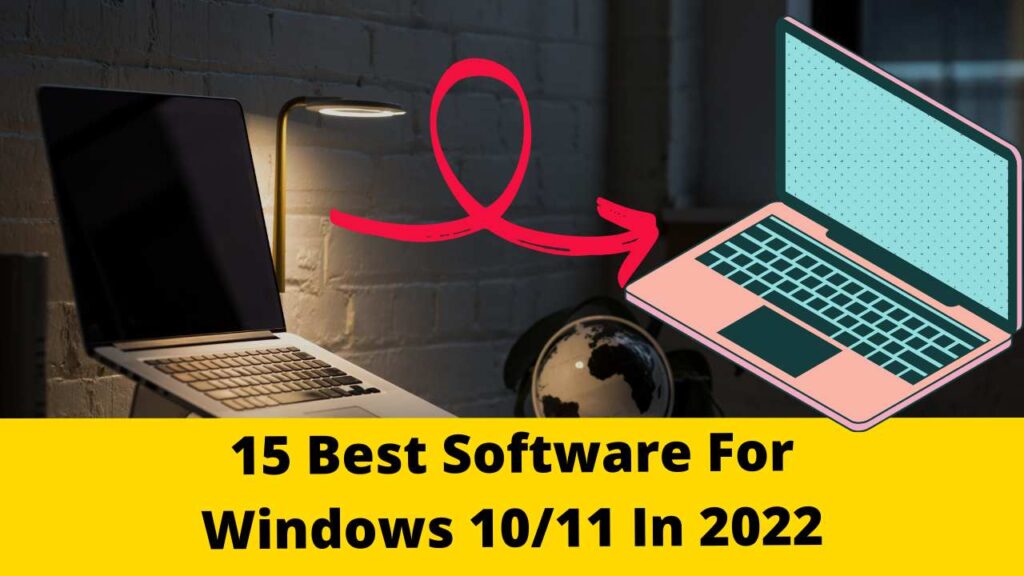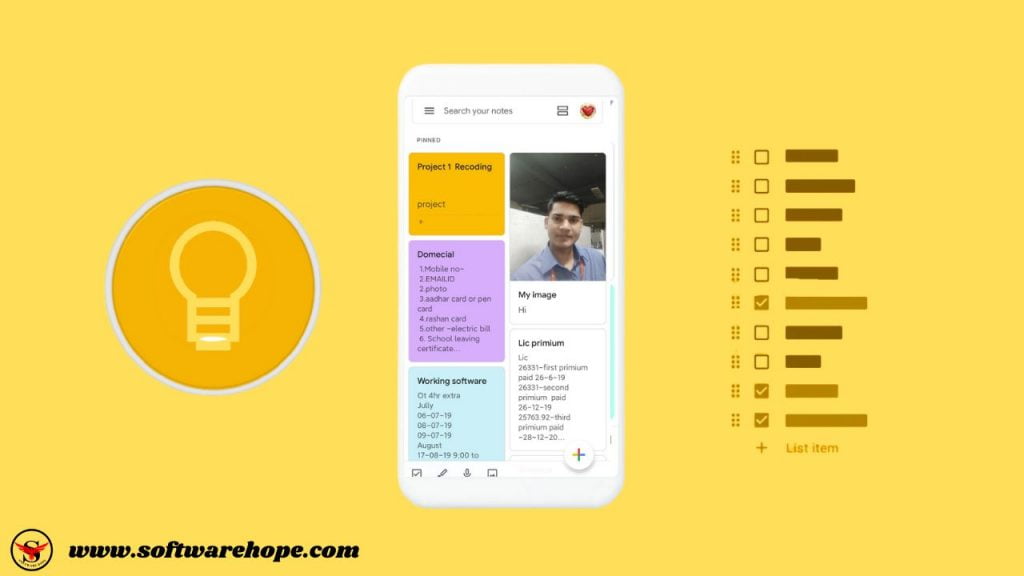Table of Contents
Google Chrome review
If you’re fully immersed in the Google ecosystem, then using Chrome makes perfect sense. It connects to your Google Account, so you can sync settings and bookmarks between computers — and even across different devices thanks to the browser’s mobile versions. Available for Mac, Windows, and Linux as well as iOS and Android, Chrome’s cross-platform support gives it access to a vast number of users, and it’s no surprise that it proves to be so enduringly popular. Is.
The current version of Chrome is more web standards-compliant than any other browser, and the frequent update cycle means that security issues and other bugs are quickly knocking heads.
If you find that a feature is missing from Chrome, or you like the idea of adding additional functions to frequently used websites, you have the option of using an extension to do so, and the Chrome Web Store There is a huge selection available in (Opens in new tab). If you like the idea of trying out new tools first, a beta channel is also available (opens in a new tab) that provides early access to new builds of the browser.
✅ Pros
- Leading support for emerging standards.
- Endlessly extendable
- Beta builds available
- Lots and lots of tweaking options
- Fast in testing.
- Good security.
- Syncing.
- Built-in Flash player and PDF reader.
❌ Cons
- Very memory hungry.
- Privacy concerns thanks to Google links
- Not the fastest performer out there
- No reading mode or built-in social sharing.
Google Chrome some Important Feature:
Search Box
The Omnibox is the name for Chrome’s combined search and address bar, which runs all the way to the top of the Chrome window. In Edge, tabs are, by default, next to the search/address bar, so that the browser can leave even more space for the webpage you’re viewing. Firefox is the last major browser to have separate search and address boxes, which is a boon for privacy, as everything you type in the Omnibox is sent to Google servers. This happens even before you hit enter if you have search prediction turned on, which is the default. Not so with Firefox.
Task manager
Chrome has its own task manager that shows you how much CPU and memory each tab and plug-in is using. You can open it from within Chrome by clicking Shift-Esc. You can get more details by clicking the “Stats for Nerds” link on Task Manager and it will open a page within the browser with a full breakdown of memory and CPU usage for each process.
I also like that Chrome makes each tab in Windows a separate process, so you can even go into Windows Task Manager and close one of them while it’s locked. This also means that a bad process in one tab will not kill your entire browser session.
Incognito browsing
When you browse privately, no one else using your computer can see your browsing activity. However, bookmarks and downloads are saved.
When you’re in Incognito Mode, Chrome doesn’t save:
- Browsing history
- Information entered in the forms
- Cookies and Site Data
Built-In Flash and PDF Support
Chrome was the first browser to come with Adobe Flash built-in, instead of requiring a separate installation. Edge now includes Flash, as does Opera, as that browser uses all of Chrome’s built-in page-rendering options. Not updating Flash frequently is a blessing – it updates automatically with the browser. It also avoids Flash security issues, as Chrome runs plug-ins in a separate sandbox, without access to critical system areas.
However, like Firefox, Chrome is now phasing out Flash. In Firefox, Flash content is on-demand, which means you fine-tune it with a button before playing it. Google claims that Chrome already does this for some Flash content and that in upcoming releases it will take a similar approach to Firefox.
Like Firefox, Chrome and Edge have a PDF reader, so you don’t have to worry about installing Adobe plug-ins to view specialized Web content. When you try to load a PDF, an intuitive toolbar pop-up when your mouse cursor is in the lower-right corner of the chrome browser window.
User experience
In terms of its basic look, Chrome offers a few surprises. It is, after all, a piece of software designed to display web pages, and those web pages should be the focus of things, rather than the browser. With that in mind, Chrome does a great job of fading into the background – it’s beautifully minimal.
There are a few settings you’ll need to worry about on a day-to-day basis, but it’s easy to change the default search engine, show or hide the Bookmarks toolbar, and control browsing history and the storage of cookies. With support for multiple users and even parental controls, Chrome is a browser for the whole family, and one of the best browsers you can download today.
The competition
🌟 Unleash the Digital Power with Devendra Gupta 🌟
🖥️ Tech Enthusiast |Software Reviewer| Blogging Expert | SEO Guru |
Web developer 📊
🔍I tested hundreds of Software and reviewed



